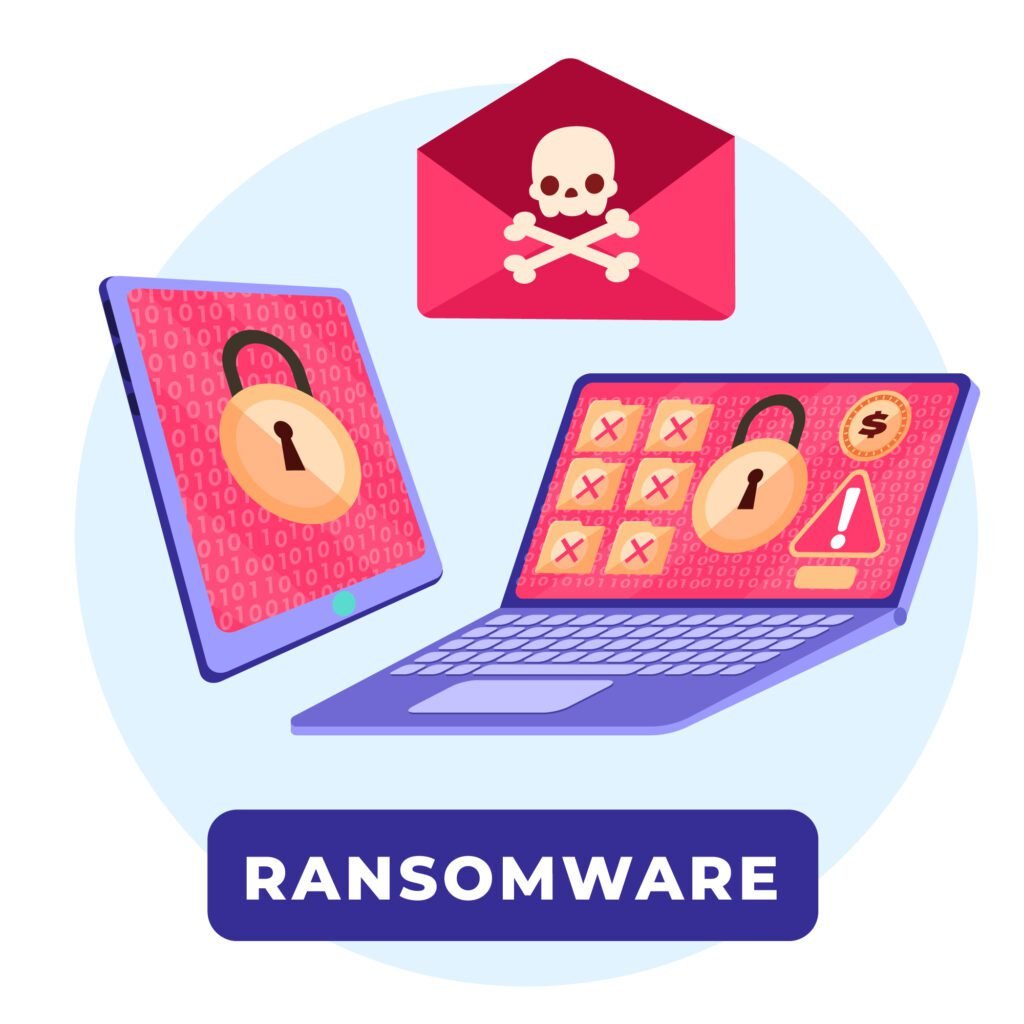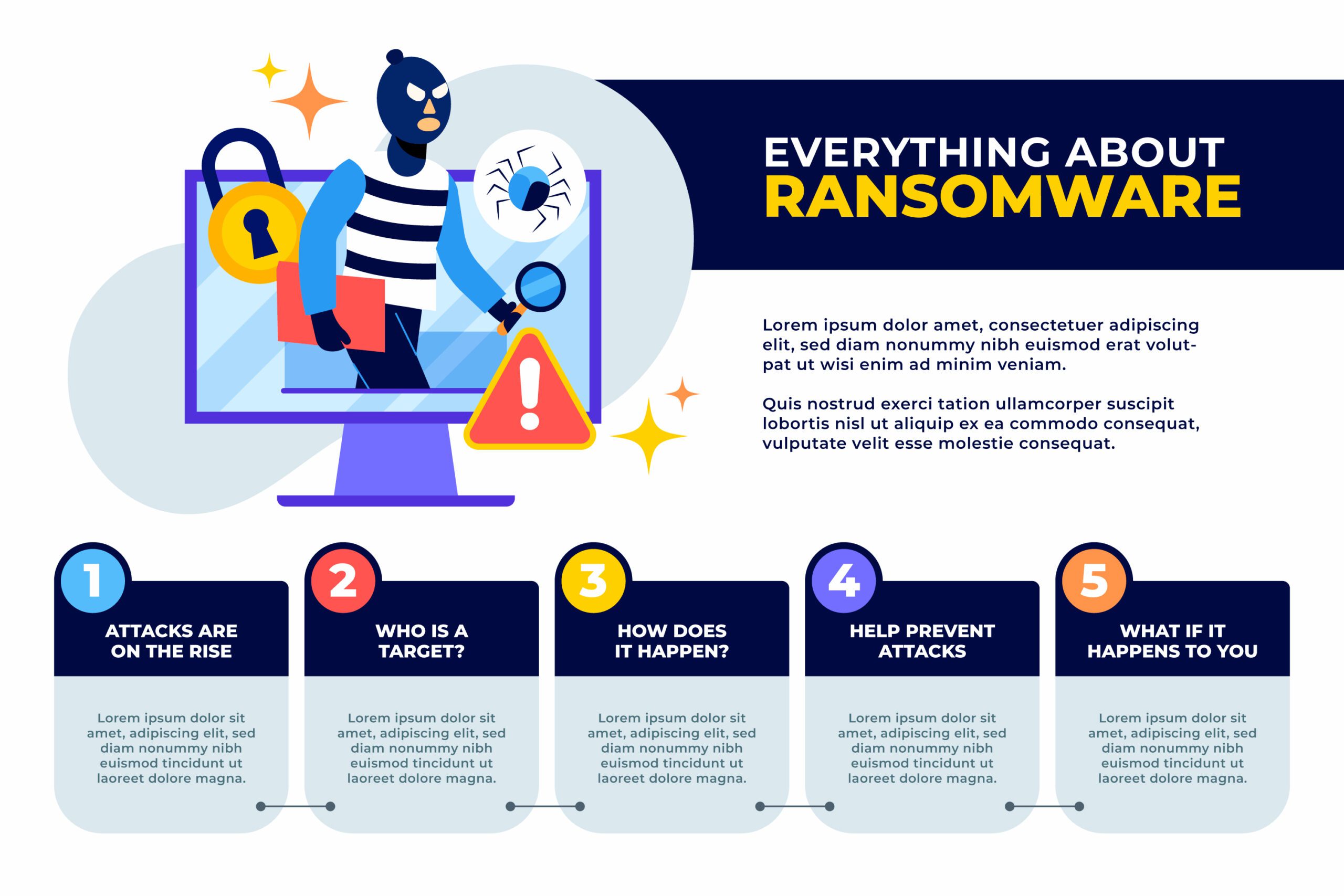In the digital age, cyber threats have become a significant concern for individuals and businesses alike. One such menacing threat is the Akira Ransomware. This malicious software is designed to encrypt files on a victim’s computer, making them inaccessible until a ransom is paid to the attackers. In this article, we will delve into what Akira Ransomware is, how it works, and most importantly, how you can protect yourself and your data from falling victim to this cyber threat.
What is Akira Ransomware?
Akira Ransomware is a type of malicious software that falls under the broader category of ransomware. It gets its name from the fictional computer virus “Akira” portrayed in various movies and TV shows. When a computer becomes infected with Akira Ransomware, the malware immediately starts encrypting files on the system, rendering them inaccessible to the user. Once the encryption process is complete, the attackers demand a ransom payment in exchange for the decryption key that can unlock the files.
How Does Akira Ransomware Work?

Infection:
Akira Ransomware typically spreads through malicious email attachments, infected software downloads, or compromised websites. Users unknowingly download or execute the ransomware, allowing it to gain access to their system.
Encryption:
Once inside the system, Akira Ransomware employs advanced encryption algorithms to lock important files, such as documents, images, videos, and databases. The victim is then presented with a ransom note that explains the situation and provides instructions on how to pay the ransom.
Ransom Demand:
The ransom note usually contains details on how to make the payment, often requesting it in cryptocurrencies like Bitcoin to maintain the anonymity of the attackers. The amount demanded can vary widely, and victims are often given a deadline to pay before the decryption key is destroyed or the ransom is increased.

Decryption Key:
If the victim decides to pay the ransom, the attackers may provide a decryption key to unlock the encrypted files. However, there is no guarantee that the attackers will honor their end of the bargain, and paying the ransom only encourages further criminal activities.
How to Protect Yourself from Akira Ransomware?
Prevention is the best defense against Akira Ransomware and other types of cyber threats.There is very impotant steps to protected from Akira Ransomware
Keep Software Updated:
Regularly update your operating system, antivirus, and other software to ensure you have the latest security patches and protection against known vulnerabilities.
Be Cautious with Email Attachments:
- Steer clear of engaging with attachments or clicking on links in emails that come from unknown or unsolicited sources.
- . Verify the sender’s authenticity before interacting with any email content.
Download from Trusted Sources:
- Only download software and files from reputable sources. Avoid downloading cracked software or files from unverified websites.
Backup Your Data:
Inscribe the shield of your critical files by diligently backing them up to an external hard drive or secure cloud storage. Should the dreaded ransomware strike, you can confidently restore your data from the sanctuary of your backup, evading any need to bow to the ransom demands.

Enable Firewall and Antivirus Protection:
Ensure that your firewall and antivirus software are enabled and up-to-date. These security measures can help detect and block potential threats.
Educate Yourself and Your Employees:
- Educate yourself and your employees about the risks of ransomware and other cyber threats. Awareness and vigilance are essential in preventing attacks.
- Consider Cyber Insurance:
For businesses, considering cyber insurance can provide an added layer of protection in the event of a cyber attack.
Mitigation Strategies Against Akira Ransomware
Preventing Akira Ransomware is crucial, but it’s also essential to have a solid mitigation plan in case of an attack. Here are some strategies to minimize the impact of a ransomware incident:
Isolate Infected Devices:
Swiftly enact a digital quarantine for any device that falls under the shadow of suspicion, possibly infected by the elusive Akira Ransomware. Remove it from the network with speed and precision to prevent any further malevolent dissemination.
Avoid Paying the Ransom:

While it may be tempting to pay the ransom to regain access to your encrypted files, there is no guarantee that the attackers will provide the decryption key or that they won’t strike again. Paying the ransom also funds criminal activities, perpetuating the ransomware threat.
Report the Incident:
Report the ransomware incident to law enforcement agencies and relevant cybersecurity authorities. This step can aid in tracking down the perpetrators and possibly lead to their apprehension.
Restore from Backups:
If you have regularly backed up your data, restoring it from a secure backup source is the best way to recover from a ransomware attack without succumbing to the ransom demands.
Engage Professional Help:
In severe cases of ransomware attacks, consider involving professional cybersecurity firms or incident response teams. They can assist in analyzing the incident, identifying the attack vectors, and implementing robust security measures to prevent future attacks.

Learn from the Incident:
Conduct a thorough post-incident analysis to understand how the ransomware entered your system and what weaknesses were exploited. Use this knowledge to bolster your organization’s cybersecurity defenses.
Implement Security Best Practices:
Promote a cybersecurity-aware culture within your organization. Regularly conduct training sessions to educate employees about the latest ransomware threats and best practices for cybersecurity.
Use Endpoint Protection:
Employ endpoint protection solutions that can detect and block ransomware attacks in real-time. These solutions can identify suspicious behavior and prevent the malware from executing.
Stay Informed:
Keep yourself updated with the latest ransomware trends, attack techniques, and cybersecurity news. Awareness is a crucial weapon against cyber threats.
The Future of Ransomware Defense
As cyber criminals continue to develop more sophisticated ransomware variants like Akira, it is evident that the battle against such threats is an ongoing one. The future of ransomware defense lies in a multi-layered approach that combines cutting-edge technology, robust cybersecurity practices, and constant vigilance. Here are some potential avenues for enhancing ransomware defense:
Artificial Intelligence and Machine Learning:
Implementing AI and machine learning technologies can strengthen ransomware detection capabilities. These advanced algorithms can analyze patterns and behaviors in real-time, identifying and mitigating ransomware attacks before they can cause significant damage.
Behavioral Analysis:
Introducing behavioral analysis to endpoint security can help detect ransomware based on its actions, rather than relying solely on known signatures. This proactive approach allows for early detection and prevention of emerging ransomware strains.
Zero Trust Architecture:
Adopting a zero-trust security model ensures that no user or device is automatically trusted within the network. Every access request is verified and authenticated, reducing the chances of lateral movement by ransomware.
Zero Trust Architecture:
Continuous Security Training:
Cybersecurity training should be an ongoing process for all employees. Regular simulations of phishing and ransomware attacks can enhance user awareness and readiness to identify and report potential threats.
Enhanced Incident Response Plans:

Developing comprehensive incident response plans specific to ransomware attacks is essential. These plans should include steps for containment, eradication, and recovery to minimize the impact of an attack.
Blockchain Technology:
Utilizing blockchain technology for data storage and transaction verification can add an extra layer of security. Blockchain’s decentralized nature and encryption make it difficult for cybercriminals to alter or access sensitive data.
Threat Intelligence Sharing:
Promote information sharing between organizations, cybersecurity firms, and law enforcement agencies. Collaborating and sharing threat intelligence can lead to faster detection and response to emerging ransomware threats.
Government and Industry Collaboration:
Encourage governments and industries to work together in addressing ransomware threats collectively. Public-private partnerships can lead to better legislation, international cooperation, and coordinated efforts against cybercriminals.
Continuous Improvement:
Stay agile and continually adapt cyber-security measures to keep up with evolving ransomware tactics. Regularly assess the effectiveness of existing defenses and update them as needed.
Conclusion
The threat posed by ransomware, including the dangerous Akira Ransomware, continues to grow in scale and complexity. It is crucial for individuals, businesses, and governments to take a proactive and comprehensive approach to ransomware defense.
By staying informed, implementing best practices, leveraging cutting-edge technologies, and fostering a culture of cybersecurity awareness, we can collectively bolster our defenses against ransomware and other cyber threats.
Remember, protecting against ransomware is not just an individual responsibility but a global one. Together, we can create a safer and more secure digital landscape for everyone.
You may like : youtube video download y2 : How to Easily Save Video/audio
